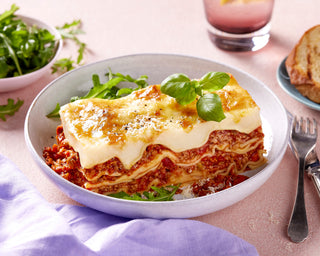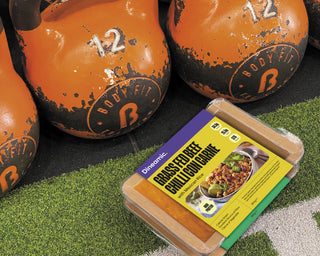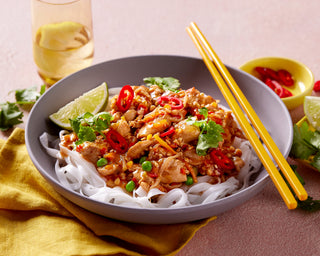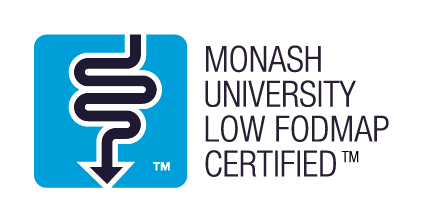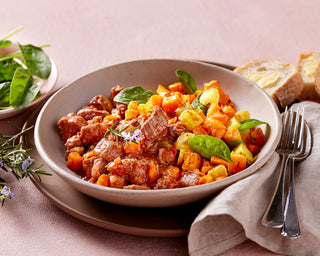So simple to cook, with a great nutty flavour, the only difficulty about this amazing seed is how to pronounce it. Despite the many variations, the correct pronunciation of this trendy superfood is keen-WAH. Quinoa is actually an edible seed from a grain crop species known as Chenopodium, originating in the Andean region of northern South America. Although harvested from a grain crop, it is not considered a cereal but rather a pseudo-cereal and closely related to beetroot and spinach. Historically it was a staple grain for the people of the Andean region but was replaced by cereals (such as wheat and maize) with the Spanish conquest of South America. In the last few decades it has seen a rapid resurgence, with world Quinoa production more than tripling since 1990. The hipsters have it right this time —the hype about quinoa is actually justified. Dineamic’s Sports Dietician, Karen Inge, highly recommends the Quinoa for it’s high levels of protein and fibre. More importantly, it’s a complete protein source, which is dietician speak for having a greater balance of amino acids with higher proportions of lysine and sulphur-containing amino acids (cysteine and methionine). It is the amino acid lysine that is usually deficient in most other food proteins of plant origin. Quinoa is also a great source of magnesium, iron and calcium. Not to mention that it is gluten-free which is great for the intolerants among us. While it has has a greater fat content than rice, wheat or maize it is very beneficial as it is relatively low in saturated fat and predominately contains polyunsaturated fats—the good fats which are essential to our diets. Other lesser known nutritional benefits of quinoa include antioxidant and anti-inflammatory phytonutrients and higher levels of vitamin E than wheat and rice. It is easy to see why 2013 was named “International Year of Quinoa” by the Food and Agricultural Organisation of the United Nations. There are few nutritional disadvantages of quinoa and it’s not a commonly allergenic food. However quinoa does contain oxalates and may need to be avoided by people with a susceptibility to kidney stones. Saponins are a non-nutrient component of quinoa that are found in the outer layer of the quinoa seed but are generally removed during processing to eliminate their bitter taste. Other uses of the quinoa seed are beginning to become as popular as the seeds themselves. These include quinoa flour (can be made into breads, noodles, pasta and even sweet biscuits), flakes (made into porridge) and can even be popped like popcorn. The seeds themselves are versatile and can be added to almost any meal. Dineamic stocks our own blend of organic quinoa using white, red and black varieties (available in-store only). Plus our own Minestrone and Quinoa Soup, which Karen boasts is one of the most nutritious soups in our range. Pick up some of Dineamic’s range today to start adding the goodness of Quinoa to your diet.
Article written by Craig Keem


